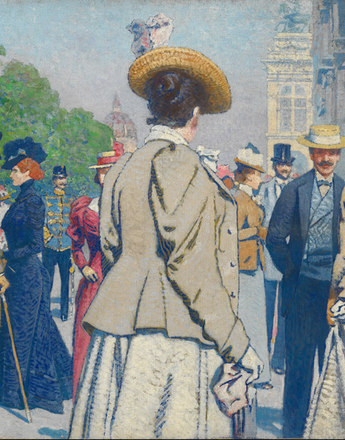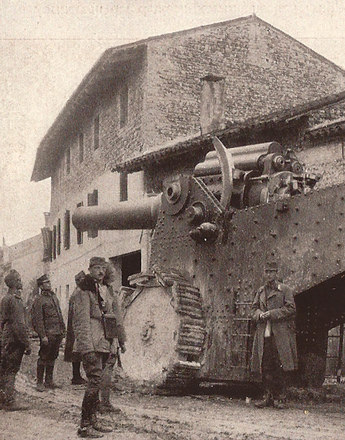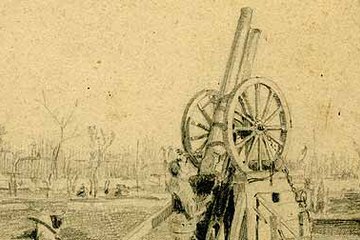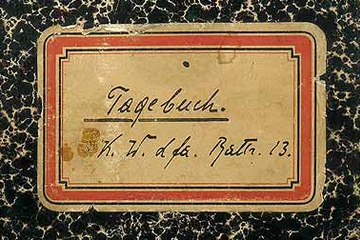The Beginnings of Aircraft Manufacture in Austria
Before the First World War approximately half a dozen companies tried to set up in aircraft manufacture, but they all had to give up.
A more sustainable development was started by the aeroplane constructor Igo Etrich. In April 1910 his successful design the Etrich II, known as the Taube (Dove), had its maiden flight in Wiener Neustadt. This aeroplane was not very manoeuvrable, but it had stable flying qualities. The strong demand for it led Etrich to start series production in Ludwig Lohner’s carriage works in Vienna from 1910, and he sold the patents for Austria-Hungary to the Motorluftfahrzeuggesellschaft (MLG) company. This had been founded by Camillo Castiglioni, an entrepreneur from Trieste, in April 1910, together with the Austrian Daimler Engine Company. At Daimler it was Ferdinand Porsche who developed the first Austrian aircraft engines. Then close cooperation between MLG and Lohner began. The Lohner works built the aeroplanes, for which MLG took over the exclusive sales rights for a commission of 15%. In return they paid two-thirds of the costs of Lohner’s aircraft development bureau. The models designed there included the successful Pfeilflieger (Arrow Flyers) and flying boats for the navy. Castiglioni and Lohner jointly set up the Ungarische Flugzeugwerke (Ufag) company to build aircraft in Hungary and in 1914-15 expanded into the German Empire, where they merged three companies to form the Hansa-Brandenburgische Flugzeugwerke. The two entrepreneurs managed to achieve a monopoly in the Austrian aircraft industry, but soon fierce conflicts broke out between the two very different personalities. Lohner came from a family of old established entrepreneurs in Vienna, while Castiglioni was a self-made man from Trieste. Each tried to achieve control over the entire group of compamies. In 1915 Castiglioni bought out Lohner’s stake in MLG and Ufag, although to begin with the contracts for the sale of Lohner aircraft by MLG remained in force. Further conflicts followed, which could be settled only by recourse to a court of arbitration in 1917.
The aviation corps was worried about the monopoly which Castiglioni and Lohner had achieved. In order to provide an alternative, in 1912 it began to produce its own Etrich Taube aircraft at its aviation arsenal in Fischamend. Conflicts between the aviation corps and Castiglioni were thus inevitable. It was in line with the wishes of the military authorities that by 1916 several more aircraft manufacturers has established themelves in Austria-Hungary in addition to Lohner and Ufag: 1914: Albatros-Phönix (originally a subsidiary of the German Albatroswerke), from 1915-16 under the control of Castiglioni, in 1917 renamed Phönix Flugzeugwerke AG, 1914: Österreichische-Ungarische Flugzeugfabrik Aviatik GmbH (Vienna, subsidiary of the German Aviatik AG), 1914: Ungarische Lloyd Flugzeug- und Motorenfabrik AG (Hungary, subsidiary of the Deutsche Flugzeugwerke (DFW, Germany), 1914: Thöne & Fiala (Vienna), 1915: Oeffag – Oesterreichische Flugzeugfabrik AG (Wiener Neustadt, close ties with the Skoda group of companies), 1886/1916: MAG – Magyarische Allgemeine Maschinenfabrik (Hungary, aircraft construction from 1916) and 1913/16: WKF – Wiener Karosserie- und Flugzeugfabrik Dr. Wilhelm von Gutmann (Vienna, aircraft construction from 1916).
Translation: Leigh Bailey
Gutsjahr, Martin: Die Rüstungsunternehmen Österreich-Ungarns vor und im Ersten Weltkrieg, Dissertation an der Universität Wien, Wien 1995
Heinkel, Ernst: Stürmisches Leben, Oberhaching 1998
Keimel, Reinhard: Luftfahrzeugbau in Österreich. Von den Anfängen bis zur Gegenwart. Enzyklopädie, Oberhaching 2003
Steinböck, Erwin: Lohner zu Lande, zu Wasser und in der Luft. Die Geschichte eines industriellen Familienunternehmens von 1823 bis 1970, Graz 1982
Stiefel, Dieter: Camillo Castiglioni: oder Die Metaphysik der Haifische, Wien 2013
Treadwell, Terry C.: German and Austro-Hungarian Aircraft Manufacturers 1908-1918, Chalford 2010
-
Chapters
- Powered Flight as a New Technology
- The Invention of Aerial Warfare and How War Propaganda Hyped up the Flying Aces as a Form of Motivation
- The Origins of the Imperial and Royal Austro-Hungarian Aviation Corps
- The Beginnings of Aircraft Manufacture in Austria
- The Situation of the Austro-Hungarian Aviation Corps in the Years 1914-15
- The Procurement Campaign of 1915-16 and the ‘Knoller Programme’
- The Most Important Aircraft Types of the Austro-Hungarian Aviation Corps and Their Wartime Service





